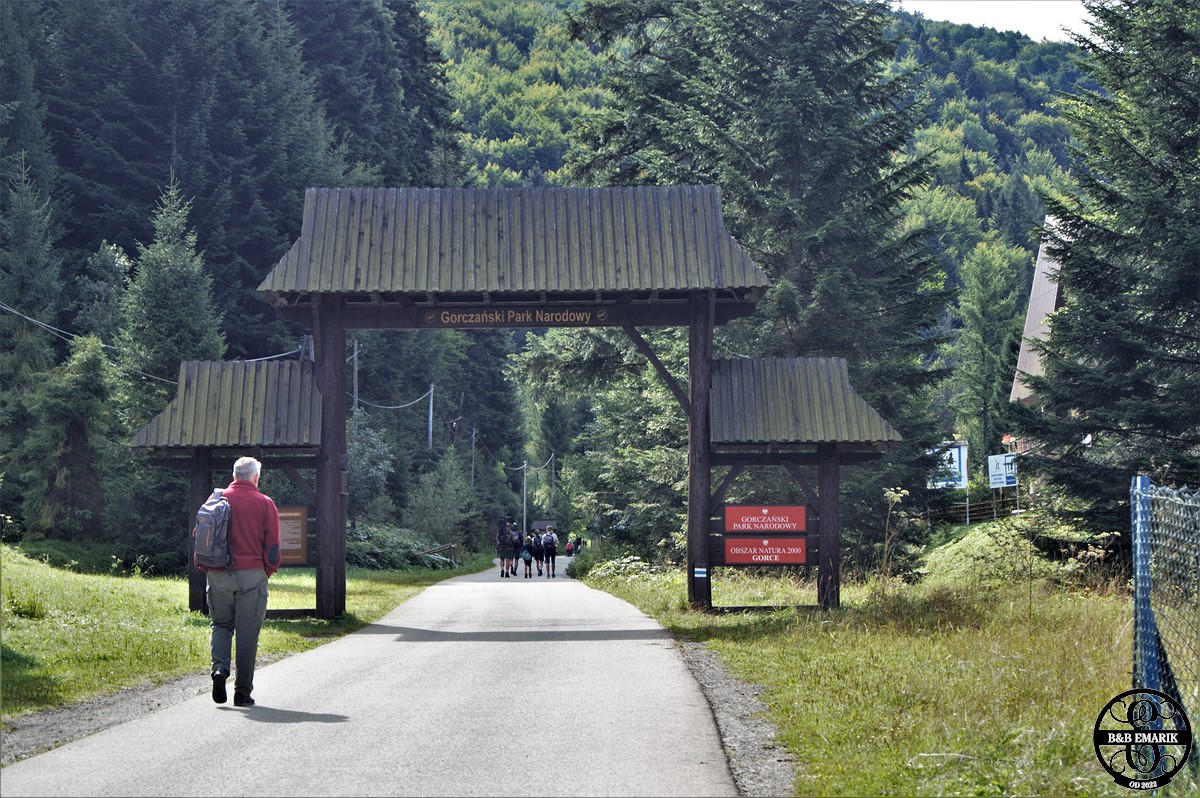It was established in 1981 and protects the central part of the Gorce. The Carpathian Forest is the greatest natural resource of these mountains. The least modified by man are mixed forests of the lower mountain zone, known as the Carpathian beech forest. The highest hills are covered with a spruce forest and occupy the upper mountain zone. Over a vast area, trees grow old and die, making way for the younger generation.
The clearings in the mountains are of special value to the landscape and nature of the Gorce Mountains. They came into being as a result of traditional pastoral economics. The remains of the ancient culture are wooden huts that represent the regional architecture of Zagórz and Podhale.
The vast forest complex with a mosaic of clearings creates the flora of the Gorce Mountains and a habitat for numerous animals. Large predators are associated with the jungle: wolves, lynxes and ungulates. The variety of stands favors the nesting of many bird species. Among them are as rare as the eagle owl and the capercaillie. The rich vegetation of forests and flowery meadows creates habitats for invertebrates, especially insects. Thanks to the diverse flora and fauna associated with it, Gorce is characterized by great biological diversity. Its conservation is one of the most important tasks of the Gorce National Park.
Expansive views of the neighboring mountain ranges, especially the Tatra Mountains, encourage people to hike along the Gorce trails.






